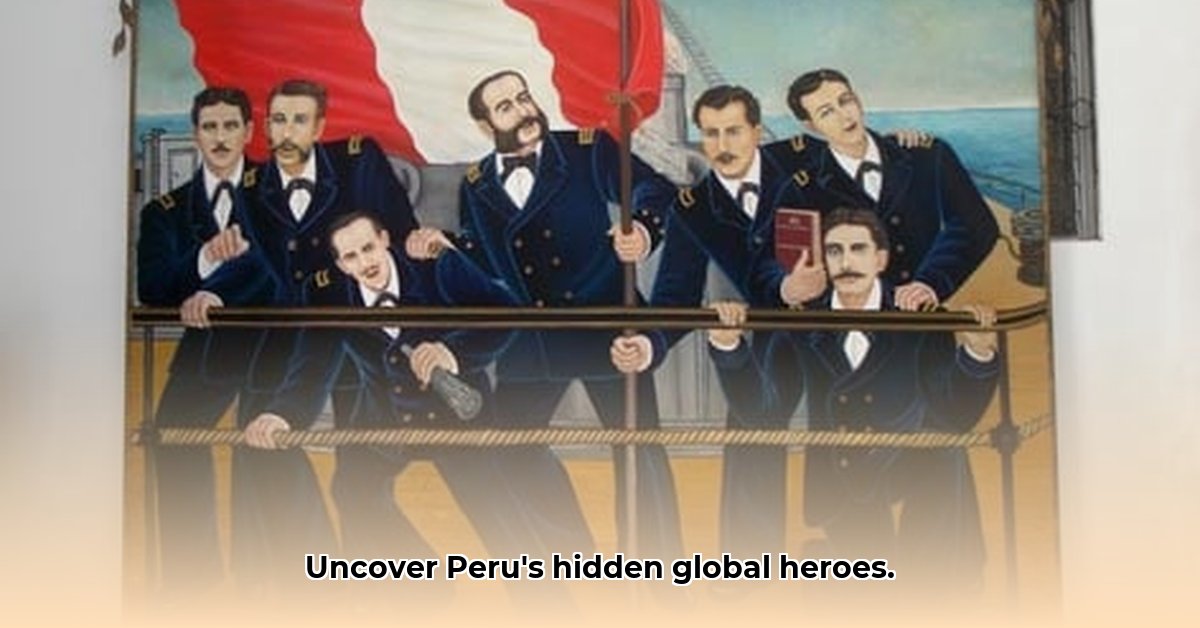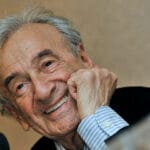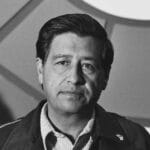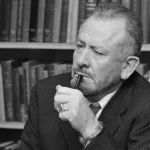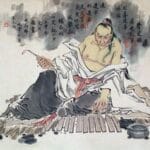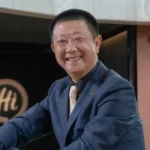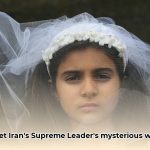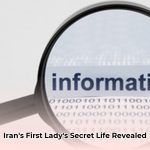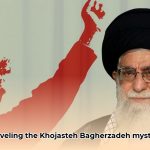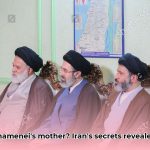Peru offers more than Machu Picchu and tasty dishes; it’s a place filled with incredible individuals who’ve deeply influenced the world. For more on impactful individuals, check out this resource. This article explores the lives of Peru’s notable figures—authors, musicians, politicians, and athletes—highlighting their impactful achievements, cultural influence, and historical context. Delve into the personal histories of these influential figures to understand better their influence on Peru and globally. It’s like having a sneak peek into Peruvian history and culture, one fascinating person at a time.
Famous People from Peru: A Colorful Tapestry of Achievement
Peru, a land of ancient wonders and vibrant culture, has presented the world with a remarkable assortment of influential people. From Nobel laureates to musical icons, sports legends to political figures; these Peruvians have had an enduring presence on their nation and within the international community. Let’s examine the lives and successes of some of Peru’s most celebrated individuals, exploring their triumphs and controversies to understand their broader impact.
Literary Lights: Telling Peru’s Stories Through Literary Works
Peruvian literature shines on the world stage, largely thanks to Mario Vargas Llosa, a Nobel Prize winner famous for insightful explorations of political power and the complexities within Peruvian society. His work significantly influenced Latin American literature. However, many other talented Peruvian authors contribute rich narratives to the country’s literary fabric, offering nuanced perspectives of Peru’s history and cultural identity. Do these narratives intertwine to paint a vivid portrait of the nation’s soul?
Some scholars suggest that the uniqueness of Peruvian literature stems from the nation’s diverse history, which incorporates indigenous traditions with colonial and modern influences. This creates a blend of perspectives and styles that is undeniably thought-provoking. Further exploration of lesser-known authors promises to unearth even more fascinating perspectives, enriching our comprehension of Peruvian storytelling and its contribution to global literature. For example, Clorinda Matto de Turner, a pioneering feminist writer, explored indigenous injustices during the late 19th century through her controversial yet groundbreaking novels. José María Arguedas, an anthropologist and writer, delved into the clash between indigenous and Western cultures in Peru, emphasizing the struggles and resilience of indigenous communities.
Musical Marvels: Exploring the Sounds of Peruvian Music
Peru’s musical heritage is incredibly rich and diverse. Yma Sumac, known for her unparalleled vocal range, achieved international stardom by uniquely blending Andean folk music with Western classical styles. Traditional instruments like panpipes and the charango have been integrated into various musical genres, showcasing the enduring power of Andean rhythms. How have these sounds evolved to represent Peru on a global stage?
It’s a testament to the country’s cultural resilience as indigenous musical traditions have adapted and blended with foreign sounds, creating a distinctive style. Experts suggest this constant change reflects the country’s own complex history, incorporating indigenous heritage and external influences. Chabuca Granda, a renowned composer and singer, enriched Peruvian music with her iconic criollo melodies that celebrated Peruvian identity and cultural roots. Susana Baca, a Grammy-winning singer, has been instrumental in reviving Afro-Peruvian music, blending traditional rhythms with contemporary sounds and bringing this unique cultural expression to a global audience.
Political Personalities: Examining Peru’s Historical Destiny
Peru’s political history is a complex tapestry of triumphs and controversies. Alberto Fujimori, a former president, exemplifies this complexity, where his economic reforms significantly impacted the country, but are paired with accusations of human rights abuses that continue to fuel debate. How do we reconcile the achievements with the criticisms in evaluating such a figure?
Analyzing Peru’s political leaders necessitates a thorough look into their actions and consequences. Understanding the diverse experiences of the Peruvian people during these periods reveals the complexities of power and the ongoing struggle for social justice and economic equality. For example, his early years brought dramatic economic reforms dubbed “Fujishock,” where hyperinflation plummeted and foreign investment was attracted, spurring initial growth. However, the economic benefits weren’t equally shared, which resulted in sustained poverty and widened inequality. Valentín Paniagua, who served as interim president during the transition to democracy after Fujimori’s fall, played a crucial role in restoring institutional stability and paving the way for free and fair elections.
Athletic Accomplishments: Highlighting Peru’s Sporting Stars
Peruvian athletes have demonstrated remarkable talent and dedication globally. Claudio Pizarro, a legendary footballer, stands out as an inspiring figure whose successful career in major international leagues serves as motivation for aspiring athletes across the country. What impact does a successful athlete have on national pride and aspiration?
His story is proof of Peruvian talent on the global stage. Ongoing success in various sports further emphasizes the dedication and skill cultivated within the nation. The athletic prowess of the sports icons fosters an environment of competitiveness and excellence within the Peruvian sports community, influencing future generations to pursue their athletic dreams. Sofia Mulanovich, a world-renowned surfer, became the first South American to win the World Surf League championship, inspiring a new generation of surfers in Peru and beyond.
Beyond the Famous: Unearthing Unsung Heroes of Peruvian History
While we celebrate renowned individuals, it’s vital to acknowledge the countless others who’ve silently contributed to shaping Peruvian society. Their stories, often untold, are woven into the rich fabric of the nation’s history. These individuals—artists, educators, community leaders, and everyday citizens—form the backbone of Peruvian culture and deserve recognition for their contributions. What impact do these unrecognized individuals have on shaping the nation’s identity?
Each one plays a role in building and maintaining the country’s identity. Exploring these untold narratives provides a comprehensive perspective of Peru’s past, present, and future. Acknowledging their contributions is crucial to understanding the historical and cultural trajectory of Peru. For instance, the countless indigenous leaders who fought for the rights and preservation of their communities against exploitation and discrimination, often without widespread recognition, have been instrumental in shaping Peru’s cultural landscape.
Snapshot of Peruvian Icons and Their Respective Fields
| Category | Figure | Key Achievements | Significant Impact |
|---|---|---|---|
| Literature | Mario Vargas Llosa | Nobel Prize winner, profound social commentary | Shaped Latin American literature, global influence |
| Music | Yma Sumac | Unique vocal style, international recognition | Blending Andean and Western musical traditions |
| Politics | Alberto Fujimori | Economic reforms, controversial legacy | Deeply debated impact on Peruvian society |
| Sports | Claudio Pizarro | Successful international football career | Inspiration for young Peruvian athletes |
| Afro-Peruvian Music | Susana Baca | Grammy-winning singer | Reviving Afro-Peruvian music |
| Surfing | Sofia Mulanovich | World Surf League Champion | Inspiring a new generation of surfers |
This overview just scratches the surface of Peru’s remarkable history. The contributions of famous Peruvians across diverse fields portray a vibrant and complex nation with an enduring influence on the world. Further exploration will reveal even more compelling stories and inspiring individuals who shaped—and continue to shape—this country.
How to Analyze the Complex Legacy of Alberto Fujimori in Peru
Fujimori’s presidency (1990-2000) presents a complex legacy. His economic stabilization and defeat of the Shining Path insurgency contrast with authoritarian rule, human rights abuses, and rampant corruption. How can we thoroughly examine the multifaceted history of his leadership?
- Fujimori’s presidency (1990-2000) offers a paradoxical legacy: economic stabilization and defeating the Shining Path insurgency contrasted sharply with authoritarian rule, human rights abuses, and rampant corruption.
- Analyzing his legacy requires a nuanced approach, weighing his accomplishments against the severe human cost of his methods.
- Understanding Fujimori’s populist appeal (“El Chino”) and its role in masking his authoritarian agenda is crucial.
The “Fujishock” and its Aftermath on Peru’s Society
Fujimori’s early years saw dramatic economic reforms, called the “Fujishock.” Here, hyperinflation plummeted, attracting foreign investment and spurring initial growth. However, these benefits weren’t equally shared as poverty persisted and inequality widened. How can we reconcile the positives from a recovery period while recognizing its social costs?
The implementation of these measures resulted in both positive and negative outcomes, creating polarization within Peruvian society and long term effects. This economic policy was enacted in the early 1990s to counter hyperinflation and restructure the economy, but the austerity measures accompanying the reforms created harsh conditions for the poor and working class.
Confronting the Shining Path and its Impact
Fujimori’s government effectively crushed the Shining Path insurgency, which is undeniable despite the brutal tactics employed. However, the military crackdown, while successful, led to widespread human rights violations. Did the ends justify the means for this complex question?
“The fight against the Shining Path was a necessary evil that brought peace but at a great cost of human rights,” said Dr. Carlos Rivera, Professor of Political Science at Pontifical Catholic University of Peru. The conflict led to significant trauma and long lasting repercussions for the Peruvian population. It requires examining primary and secondary sources on the conflict in order to form a well-rounded understanding.
Authoritarianism and the Montesinos Factor
Vladimiro Montesinos, Fujimori’s intelligence chief, played a pivotal role in the regime’s authoritarianism and corruption. Also, Montesinos oversaw a vast network of bribery, silencing dissent, and manipulating the media. How did this partnership enable authoritarian rule?
Understanding Montesinos’s actions is crucial in comprehending the extent of the regime’s abuses of power. Fujimori’s “
